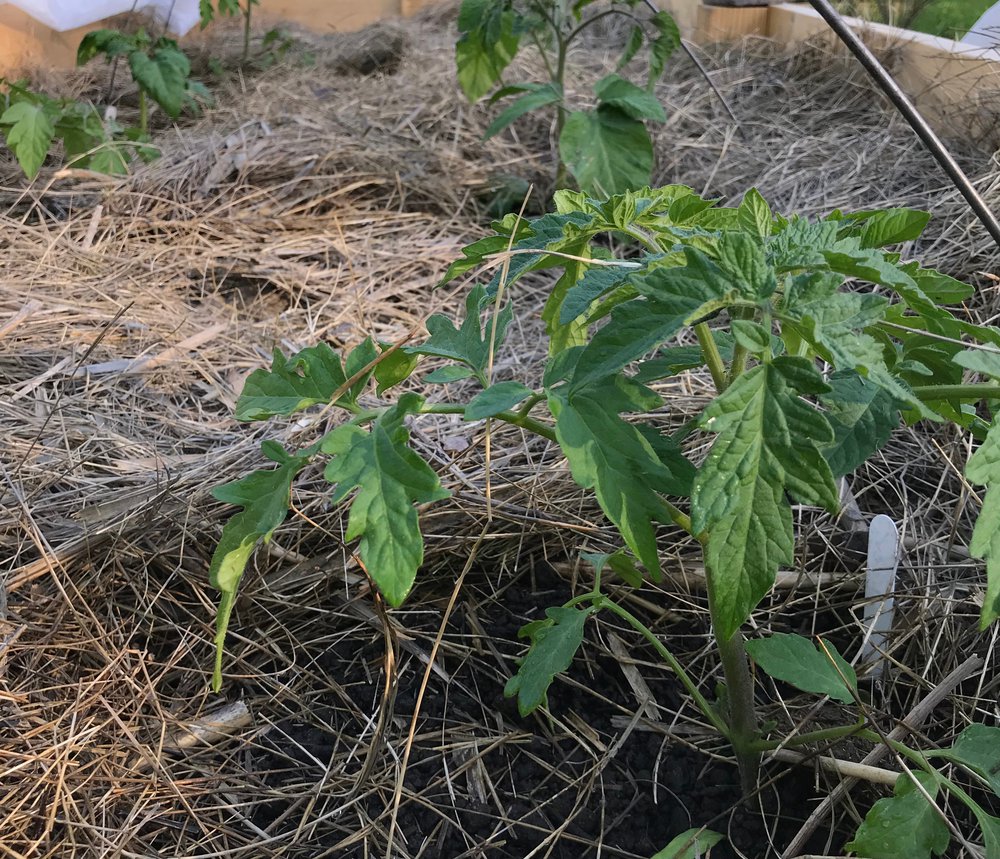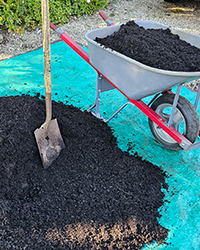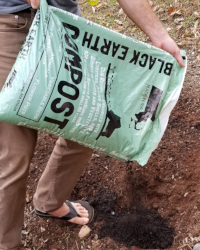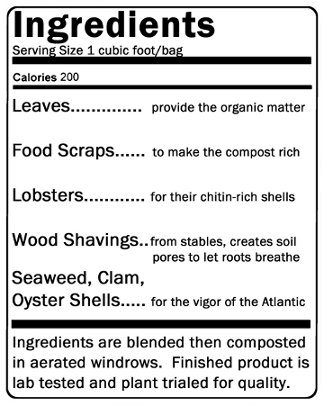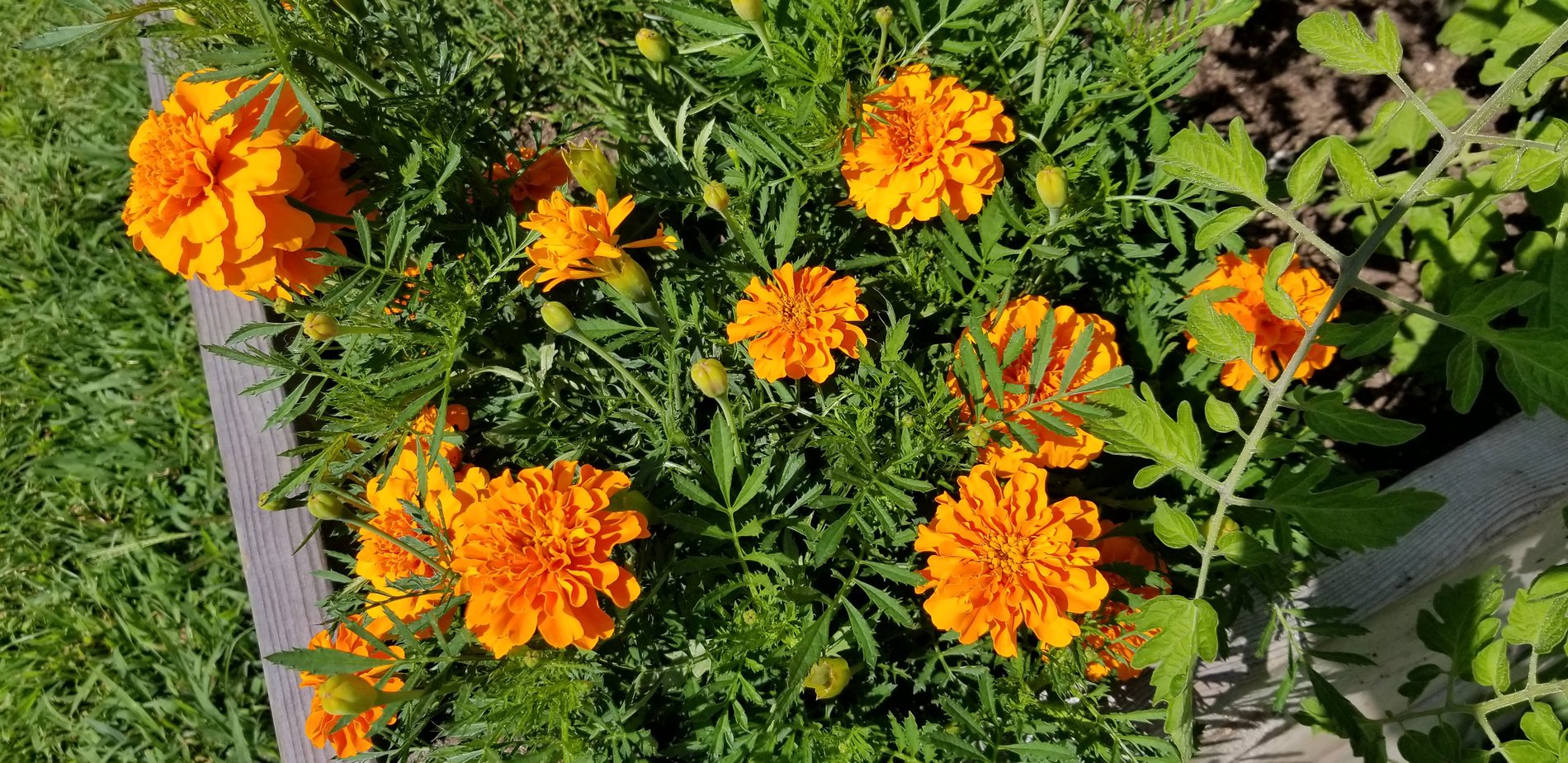
Raised Bed Gardening Tips
Gardening is an Adventure
Follow our Instagram account @blackearthcompost for gardening tips throughout the growing season. We'd love to see how your garden is growing, so please share pictures with us on social media.
Resources for Raised Bed Gardening
A few good books, but there are many out there:
Square Foot Gardening - Mel Bartholomew
Raised Bed Gardening for Beginners - Tammy Wylie
Veg in One Bed - Huw Richards
A few places to buy seeds:
Seed Savers Exchange, IA
Fedco, ME
Johnny's Select Seeds, ME
Website Resources:
Northeast Organic Farming Association of MA - Through education and advocacy NOFA/Mass promotes organic agriculture to expand the production and availability of nutritious food from living soil for the health of individuals, communities and the planet.
Backyard Growers - Cultivates healthy, connected, environmentally sustainable communities and fights for food justice by teaching people to grow their own food. We provide resources and support to establish vegetable gardens at homes, housing communities, organizations, and schools. Free Garden Guide.
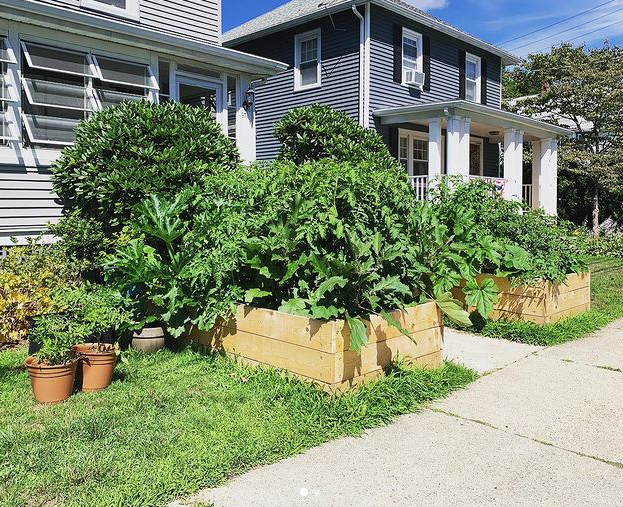
Where to Place
Most vegetables should receive at least eight hours of full sun each day, so choose a sunny spot that is visible to you - so you remember to care for your plants. Their success depends on you. Access to a hose is also a consideration.
We offer two standard raised bed sizes:
Small - 4'x8'x22"
Large - 4'x12'x22"
Custom sizes are also available.
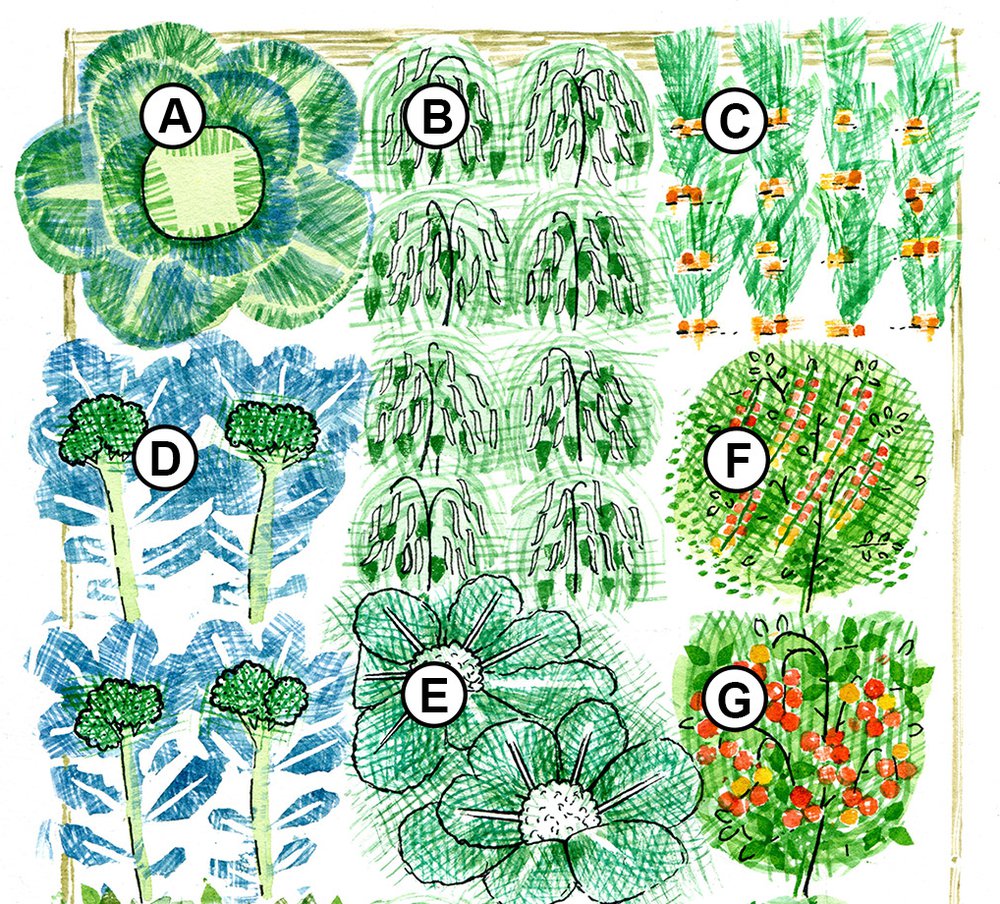
Garden Plans
Plan ahead and plot out your space before planting to make the most of your bed. Consider plant space requirements, companion planting, succession planting, and plant supports.
Find some inspiration in these pre-designed, themed garden plans from Gardeners Supply and Better Homes and Gardens.
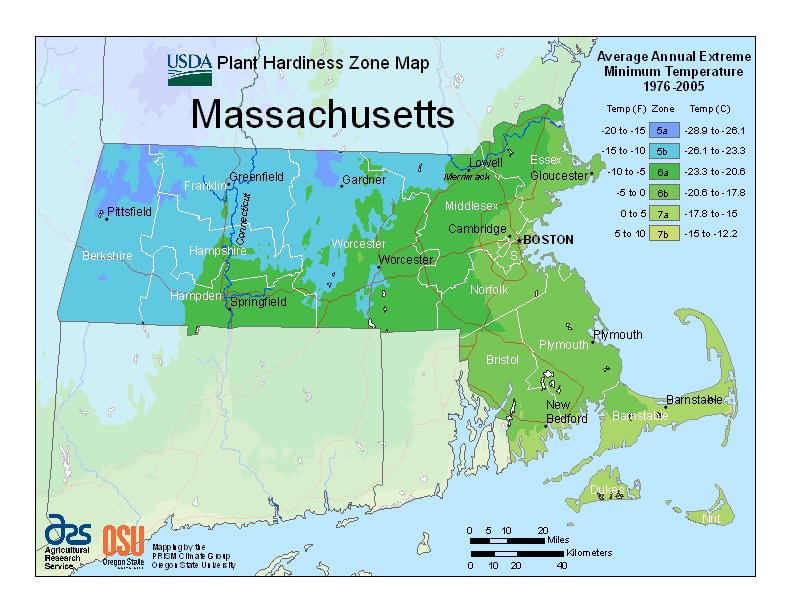
What to Plant
Plant food you like to eat. We have a short growing season here in New England. Make sure to consider the time the plant takes to reach maturity and temperature tolerances of the plants you are interested in planting. Check seed packets for this information or speak with a garden center.
Starting Seeds at Home with NOFAMASS
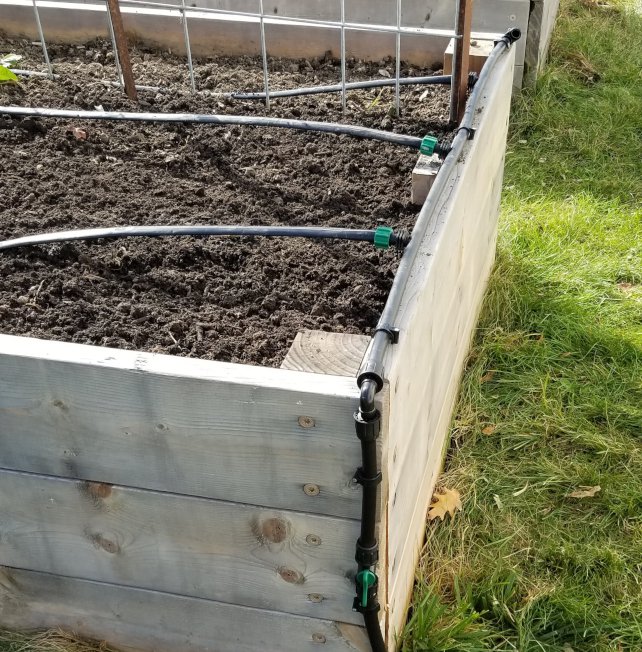
Watering
Consistent watering throughout the growing season in essential for plant health.
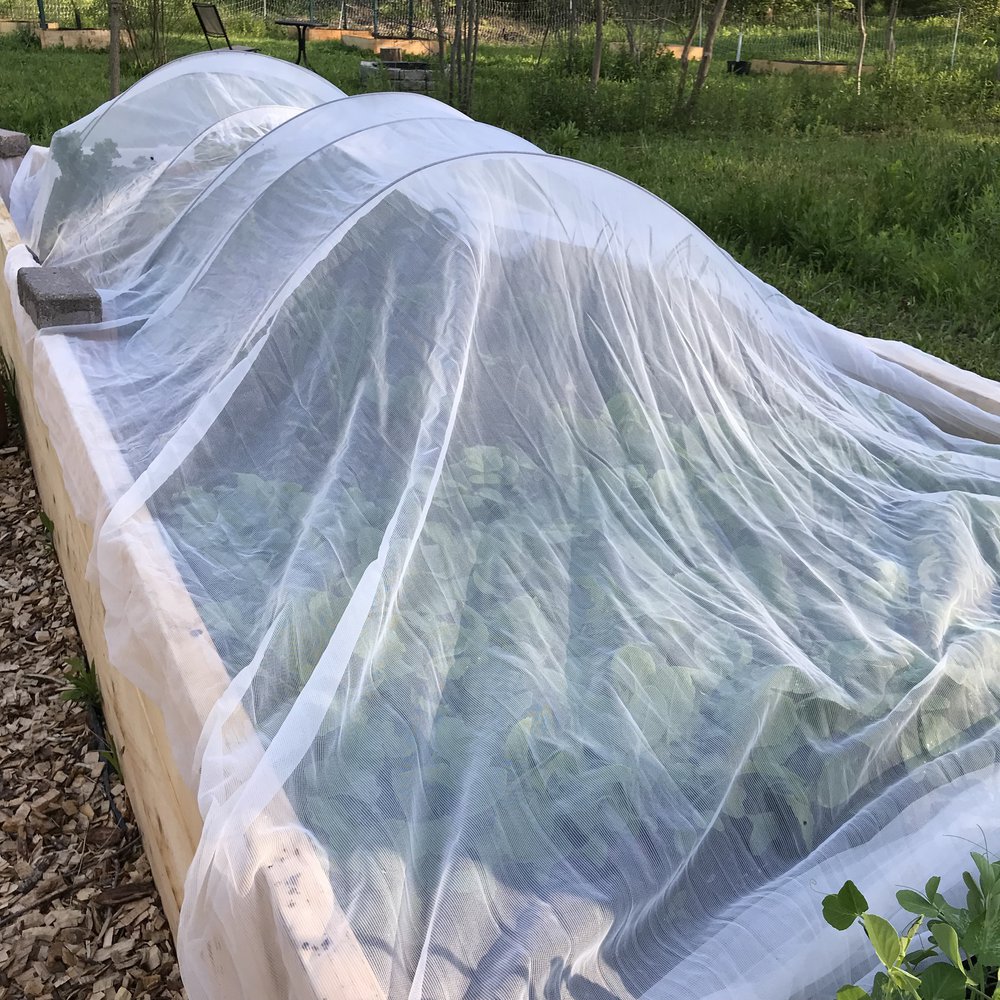
Pest Control
From Below: Line your raised bed before filling with a galvanized heavy duty hardware cloth to help control rodents.
From Above: Install fencing around edge of the bed to keep out animals, place hoop and row covers on top to keep out birds and insects, use traps for rodents, or bring in predators like a cat or Jack Russel Terrier.
DIY Lining a Raised Bed with Hardware Cloth
Hoop House for Raised Bed
DIY Raised Bed Fencing
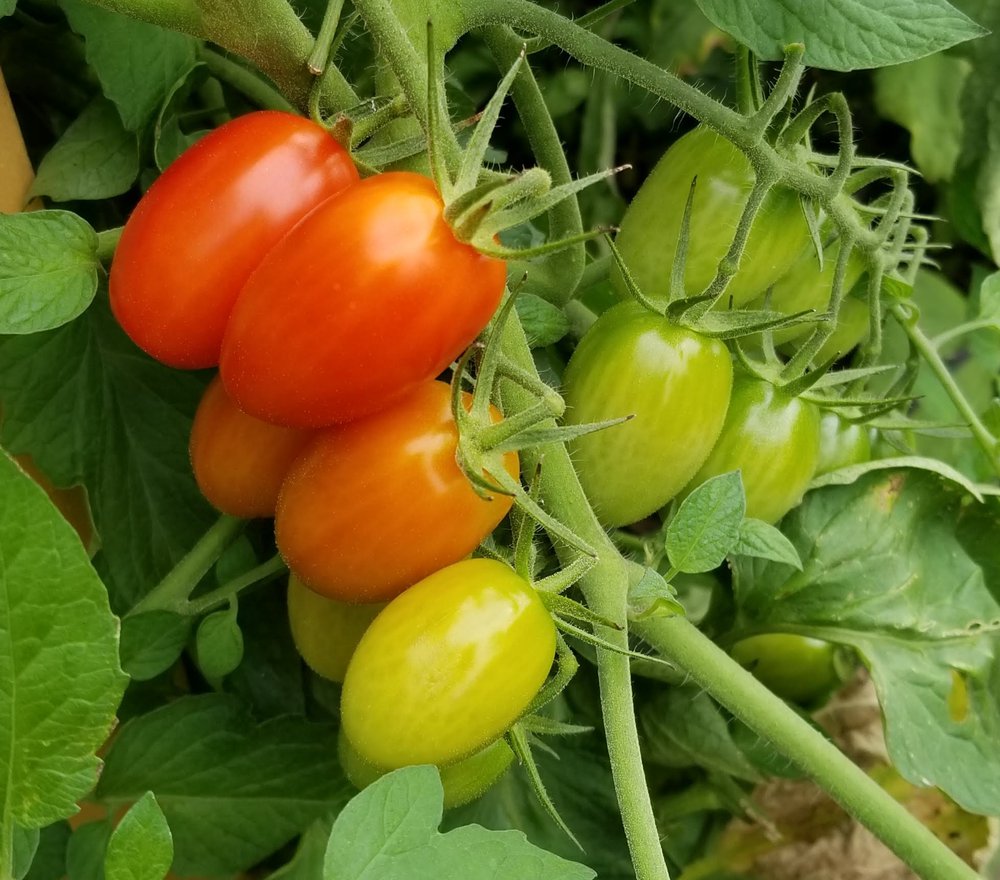
Harvest and Save Seeds
With planning and care you can harvest produce from your garden all season long.
Take the seeds from your best fruits and dry them to plant next season. Let some plants bolt and collect seeds from the flowers. Store is a dark, dry place.
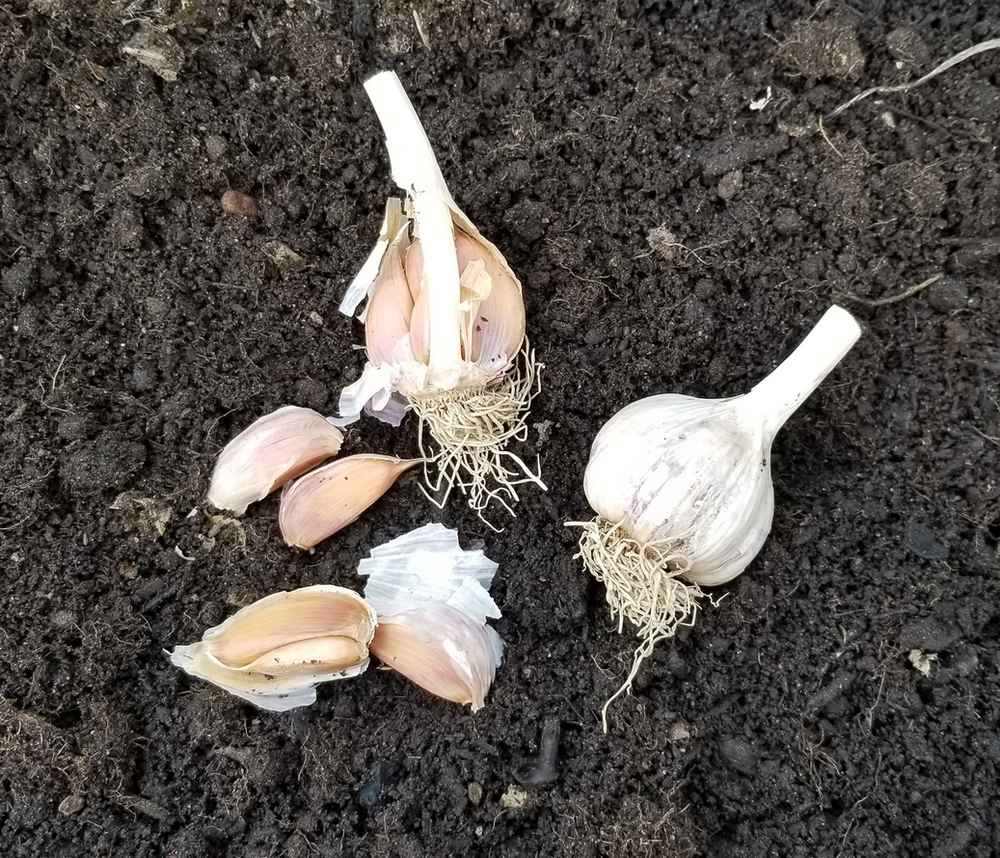
Winterize
In the Fall plant bulbs, like garlic, for next season.
Clean up rotting and finished plants. This can inhibit disease, pests, and fungus from overwintering. Dig healthy plants into the soil.
You can also add a layer of compost to fertilize for next growing season.


